Chlorate
Hanover Park
Chlorate forms in drinking water as a byproduct of disinfection. Chlorate impairs thyroid function, making chlorate exposure most harmful during pregnancy and childhood. Read More.
In 2002, California scientists proposed an advisory value, called an action level, for chlorate at 200 parts per billion. Between 2013 and 2015, the EPA collected data through the Unregulated Contaminant Monitoring Rule program and found that over 15 percent of water tests from 38 percent of utilities had chlorate levels above a health-protective concentration, which federal scientists defined as 210 parts per billion, nearly equivalent to the California advisory value.
Samples
Samples exceeding legal limit (MCL)
Samples exceeding
health guidelines
Testing results - average by year
| Year | Average result | Samples taken | Detections | Range of results |
|---|---|---|---|---|
| 2013 | ND | 5 | 0 | ND |
| 2014 | ND | 9 | 0 | ND |
| 2015 | N/A | 0 | 0 | N/A |
| 2016 | N/A | 0 | 0 | N/A |
| 2017 | N/A | 0 | 0 | N/A |
| 2018 | N/A | 0 | 0 | N/A |
| 2019 | N/A | 0 | 0 | N/A |
ppb = parts per billion
State and national drinking water standards and health guidelines
EWG Health Guideline 210 ppb
The EWG Health Guideline of 210 ppb for chlorate was defined by the Environmental Protection Agency as a benchmark for testing under the Unregulated Contaminant Monitoring Rule program. This health guideline protects against hormone disruption.
ppb = parts per billion
All test results
| Date | Lab ID | Result |
|---|---|---|
| 2013-10-08 | 23773101 | ND |
| 2013-10-08 | 23773301 | ND |
| 2013-10-08 | 23773201 | ND |
| 2013-10-09 | 23773401 | ND |
| 2013-10-09 | 23773501 | ND |
| 2014-01-14 | 24485201 | ND |
| 2014-01-14 | 24485301 | ND |
| 2014-04-07 | 25306101 | ND |
| 2014-04-07 | 25306401 | ND |
| 2014-04-07 | 25306201 | ND |
| 2014-04-07 | 25306501 | ND |
| 2014-04-07 | 25306301 | ND |
| 2014-07-15 | 26386001 | ND |
| 2014-07-15 | 26386101 | ND |
